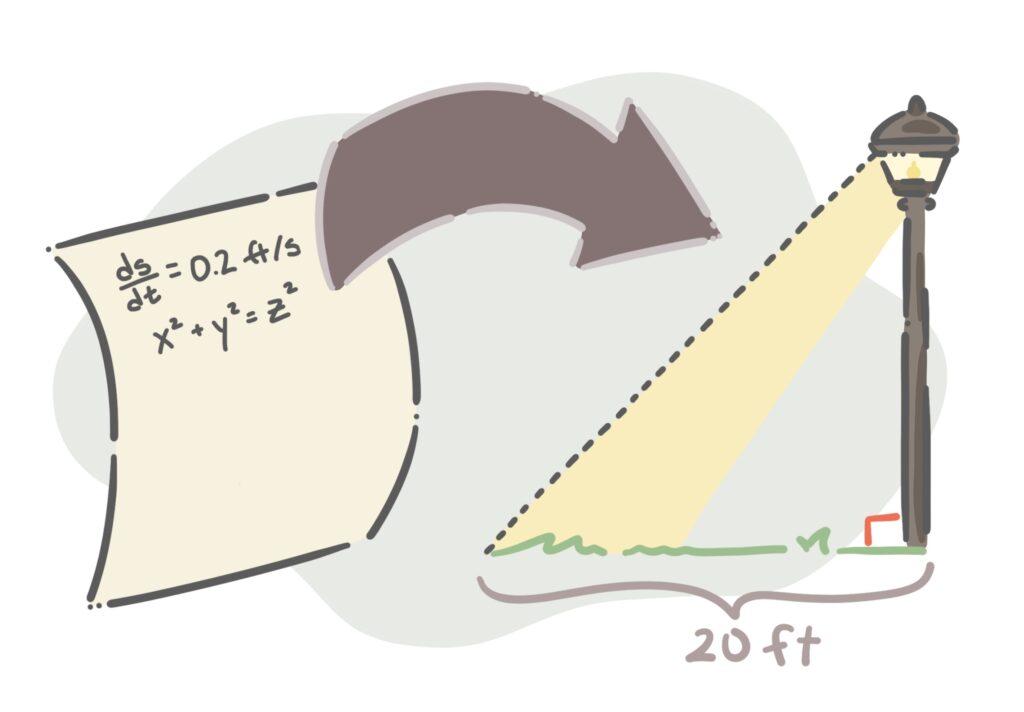As a result of the school’s rigorous academic culture and college admissions pressures, an increasing number of students tend to pile up on AP classes, especially during their junior and senior years. Regardless of the mental and academic repercussions of taking these heavy course loads, many students simply take more AP classes in hopes of boosting their GPAs and buffering their college applications.
Some students are taking as many as 5 AP classes per year, loading up in their junior year with classes like Calculus BC, two AP science classes (colloquially known as “double sciencing”) and AP U.S. History. Each AP class assigns roughly an hour of homework per night, leading to as many as 6 hours of homework for some students each day.
However, for many of these classes, students are simply memorizing material and largely forgetting it after AP tests are over.
This unfortunate trend is in part due to their curriculums: Many AP classes have the sole mission of preparing students for the AP exam, rather than striking a balance between applicable and relevant learning in addition to exam preparation. Not only does this approach not benefit students in the long run, but it also makes their heavy workload monotonous and less useful for their future endeavors.
AP classes have sometimes been undermined by the requirements of the tests. Some have so much material that it is difficult to incorporate applicable learning into the curriculum. Teachers, in turn, are under pressure to ensure that their students perform well on the exam and feel pressured to take a test prep approach to the curriculum.
Even with these pressures, though, it is still possible to make the experience more engaging for students.
Classes such as AP U.S. History (APUSH) help cultivate valuable soft skills such as research, teamwork and critical thinking. These skills are vital to a student’s future success. Learning to collaborate with your group members in a more difficult class environment is also a valuable experience that can be valuable into countless courses and situations later in life. These approaches give students the freedom when choosing the areas they delve deeper into. Making these additions to classes that are historically monotonous improves the experience for students. In addition, teaching students the critical skills needed as a problem solver will benefit them much more in the long run.
There are many other APs, especially AP sciences, that similarly fall into a trap regarding their focus — do you choose to solely prepare students for the AP test, regardless of their intentions in taking the class, or do you try to incorporate relevant lessons that the students will be able to apply later?
For some classes, finding a balance between test prep and enduring learning can be particularly difficult. Classes such as AP Chemistry struggle to even fit all of the AP curriculum into one school year, let alone finding times for labs and other activities.
From August until early May, there is little time for anything not directly related to passing the test. But after the early-May test, a golden few weeks opens up for deeper lessons unrelated to the core AP curriculum.
Classes such as AP Chemistry could use the time after the exam to still maintain a structured form of learning, focusing on topics that are more relevant to students’ futures. With other classes, however, achieving this balance between test prep and real-world applications tends to work more easily.
Many AP math classes — ones like AP Calculus AB and BC and AP Statistics — are naturally based upon real-life examples and situations, many of which students explore through word problems and practice. There are many classes that are only applicable to a student’s potential major and may not serve much purpose beyond high school, but nevertheless teach students valuable soft skills.
For example, APUSH and AP Computer Science A (APCSA) are two fields commonly pursued by students in college, but never revisited by those who don’t. However, these classes teach valuable research and teamwork skills applicable beyond school and offer opportunities for students to explore their own areas of learning, incorporating projects into the normal curriculum designed upon the format of the AP tests.
APUSH includes a couple of projects throughout the year that can lead to participation in National History Day, and though the requirements of the project are set in stone, the topic is up to students to decide. They are allowed the freedom to do their own research as they see fit. Similarly, AP Computer Science has projects in every unit that allow students to use their own creativity to program around set parameters. Such projects, beyond taking notes on the textbook or doing practice MCQ questions for the AP test, allow students to retain these real-life application skills further into life.
Each AP class is different, but all should make an effort to include enduring and relatable lessons, while still preparing students for the AP exams. By incorporating projects and consistently drawing real-life connections to the material, engagement levels among students are sure to be significantly higher — and this can be done with little or no sacrifice to the pass rate of the class



























